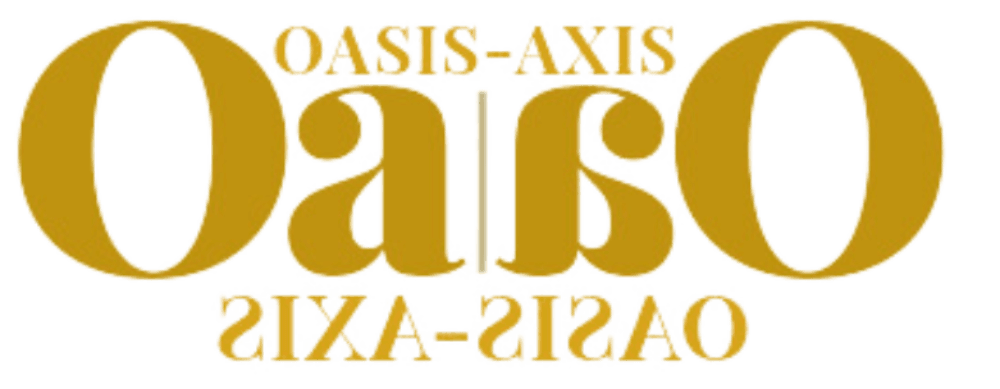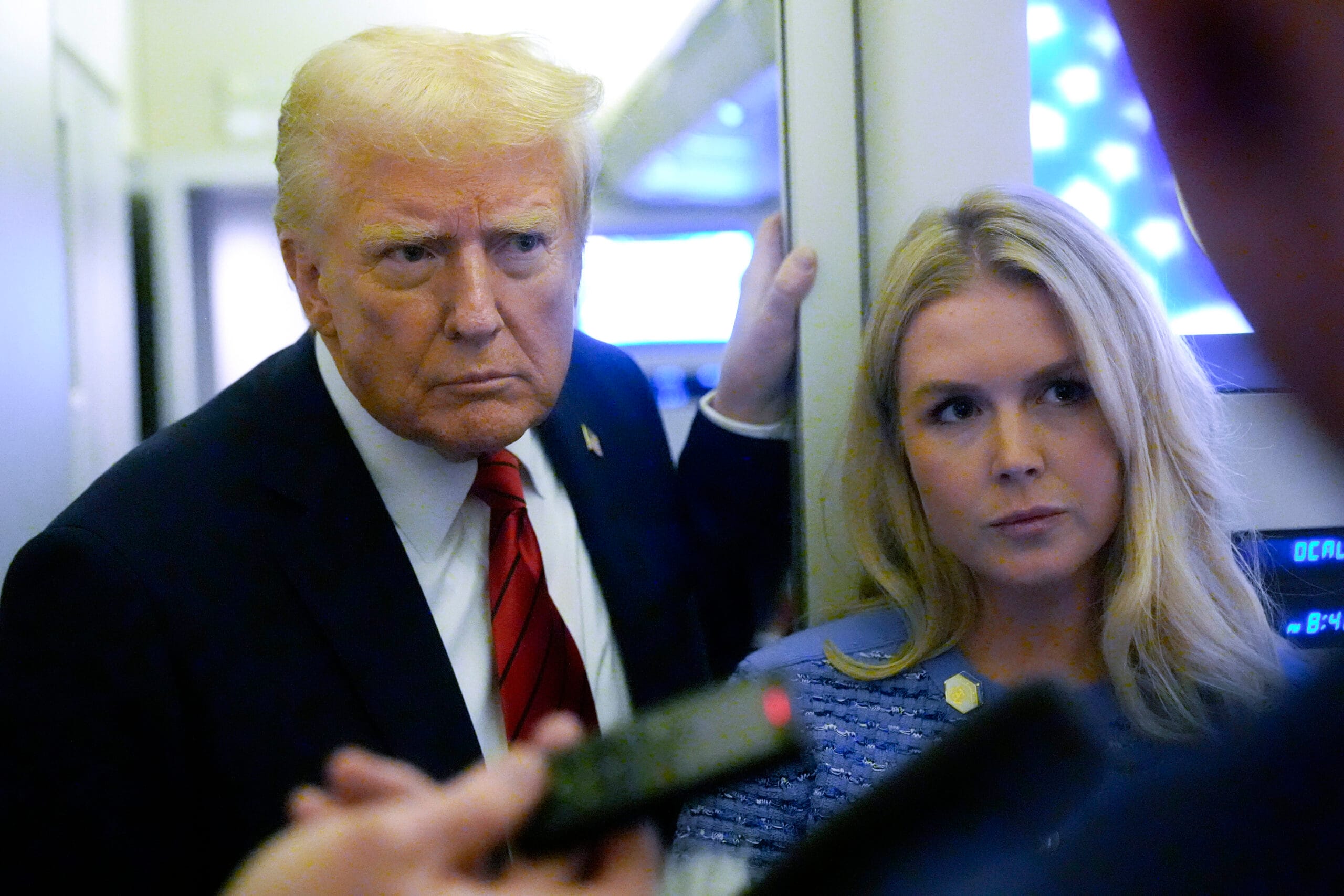
In the political landscape of the United States, Project 2025 has emerged as a conservative blueprint for reshaping the country’s federal government and institutions. Launched by the Heritage Foundation, this policy framework aims to reverse decades of progressive policies and restore what its supporters believe to be America’s original constitutional vision. But what is Project 2025, and why is it a point of contention in the upcoming elections?
What is Project 2025?
Project 2025 is a detailed, 900-page policy document developed by over 50 conservative think tanks and non-governmental organizations (NGOs). Its goal? To provide a roadmap for a future conservative president to transform federal agencies, cut down on regulation, and eliminate programs perceived as threats to traditional American values. The Heritage Foundation published this document in 2023, outlining its ambitions to reshape everything from education to climate change policies.
Key points from Project 2025 include:
– Privatizing federal agencies such as the Transportation Security Agency (TSA) and Federal Emergency Management Agency’s (FEMA) National Food Insurance Program.
– Dismantling the US Department of Education (DOE) and eliminating federal subsidized student loans.
– Ending climate change programs run by the National Oceanic and Atmospheric Administration (NOAA).
– Restricting diversity, equity, and inclusion (DEI) programs and critical race theory (CRT) in federal and state institutions.
The History Behind Project 2025: Roots in Conservative Policy
While Project 2025 is making headlines today, it is part of a much longer conservative strategy that dates back to the 1950s and 60s. The conservative movement, in reaction to the Civil Rights Movement, began to advocate for deregulation, privatization, and limiting the power of the federal government. This playbook was formalized in a series of publications known as the Mandate for Leadership, first launched by the Heritage Foundation in 1981.
The Mandate called for sweeping changes, including massive tax cuts, deregulation of industries, and increased military spending. These ideas have been reworked and re-released for every presidential election since, culminating in Project 2025.
The Role of Critical Race Theory and DEI in Project 2025
A major focal point of Project 2025 is the elimination of social justice initiatives, such as DEI programs and critical race theory. The authors argue that systemic racism is a myth and that CRT has infiltrated schools and government agencies, promoting “cultural Marxism.” They advocate for the removal of these initiatives in favor of programs that align with conservative values.
Several states have already enacted laws banning CRT in public schools and limiting DEI programs in government hiring, signaling that elements of Project 2025 are already gaining traction, even without a conservative president in office.
Project 2025 and Climate Change: Dismantling NOAA
Another major target for Project 2025 is climate change policy. The authors of the project argue that the federal government’s involvement in climate change mitigation is part of a broader “social engineering” agenda. Specifically, they take aim at the National Oceanic and Atmospheric Administration (NOAA), claiming that it is a key driver of the “climate change alarm industry.”
Should these recommendations be implemented, we could see a significant reduction in federal efforts to address climate change, with more responsibility placed on private industry and individual states.
The Impact of Project 2025 on Education
Education is another battleground for Project 2025. The document proposes eliminating the Department of Education, arguing that federal oversight of education leads to “woke indoctrination” rather than responsive schooling tailored to the needs of parents and communities. The project envisions a future where school choice and charter schools replace public education as the standard.
These policies are part of a broader conservative effort to decentralize education, giving more control to local governments and reducing the influence of federal regulations.
Why Project 2025 Matters in the 2024 Elections
As the 2024 US presidential elections approach, Project 2025 is becoming a central talking point. Vice President Kamala Harris has used the project to criticize former President Donald Trump and his potential future presidency, warning that its implementation could lead to drastic changes in American society.
However, Trump has distanced himself from the project, claiming he had “nothing to do” with it, despite having previously endorsed the Heritage Foundation’s work. Regardless of whether Trump adopts it fully, the influence of Project 2025 and the conservative movement behind it is already visible at the state level, with numerous laws being passed that align with the project’s goals.
Conclusion: What Lies Ahead for Project 2025?
Even if Kamala Harris wins the presidency in 2024, Project 2025 represents more than just a federal agenda—it is part of a decades-long conservative effort to reshape America at the state and local levels. Many of its policies, from abortion restrictions to education reform, are already being implemented across the country.
For voters and policymakers, Project 2025 serves as a window into the future of conservative governance. As this debate continues, it will play a pivotal role in shaping the policies and priorities of the next administration, no matter who wins the election.






